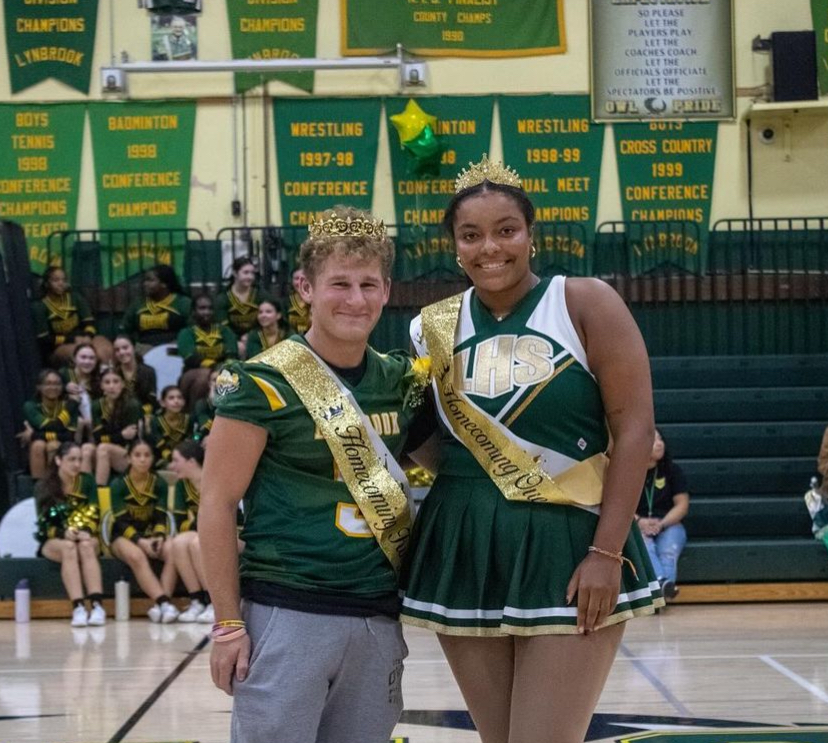Was the Two-Minute Subtraction between Periods Necessary?
Photo by Krivec Ales from Pexels
How much of a difference does two minutes really make?
The school year started on Sept. 8, 2020 for LHS students. Students originally had ten minutes in between classes due to the new one-way system in the hallways. This system, an effect of COVID-19, has made students run throughout the school, go down and up flights of stairs, do laps around the halls, and lose their breath. This system was put in place to make the school more COVID-19 safe. Faculty and students have had to get used to this new layout, especially the freshmen, who did not know the school’s ins and outs before COVID-19. For the most part, the system makes sense because it would have been hard for students to get to class in normal four-minute passing time. However, on Monday, Nov. 23, the ten minutes changed to eight minutes. This change may seem unnecessary, but it will be beneficial in the long run.
Why did this change occur? Principal Joseph Rainis shared that it was not actually up to the school: “It came out of task force work that was being done as we continually evaluate this unique experience. These task forces were at the district level. One of the recommendations that the task force made at the end of their work was a reduction from ten minutes to eight because as our ability to connect with Teams and with WebEx improved, there was less need to have that time to get in.” Rainis continued, “The recommendation was to reduce the passing time [and] act upon it based off of those recommendations. Those recommendations were given to the board of education by the task force… the board asked that we move on that recommendation and so we did.”
For some, there may be no change at all. “The two-minute difference does not affect me, but it is much more effective in the end because of more class time,” said Rachel Belmont, a junior. Some students do not have to rush to their classes and do not have to make a hefty commute. Therefore, they can get to their classes on time whether they have an extra two minutes or not. For others, it might be more of a struggle to get to their classes without the extra time. They might have one class on the first floor and have to make it up to the third and a half-floor before the bell rings. Sophie Ward, another junior, commented, “I think that it was a necessary change. It was good to have ten minutes at the beginning so people could adjust, but I feel like I stay more focused with less class time in between classes.” Whether students can make it to class or not with this system, it is in full effect, and there is a slim chance the school will return to the ten-minute passing time.
The two-minute change does not make that much of a difference. People have classes with big jumps and significant commutes and can still make it to class within eight minutes. “I find it unnecessary since it does not make a difference,” said Lexi Capitali, a junior. It was not a necessary change the school had to make for everything to keep running smoothly, however, for productivity reasons, it is good the school did what they did. Some people have rarely noticed the new start time and have continued their regular routine. In some cases, it is actually easier having less time, because the class can start earlier, and more can be accomplished in one period. Hopefully, things start to return to normal by the end of the school year. If we all do our part to ensure that people are safe, we might make that happen.

I am a member of the Class of 2024 as well as a managing editor for Horizon. I like to write, read, sing, and act. One fun fact about me is that I love...



































